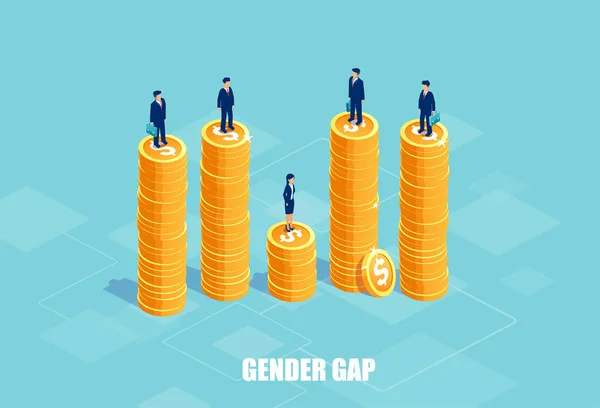Introduction
Since April-June 2019, the Periodic Labour Force Surveys (PLFS) have diligently tracked the gender earnings gap in various forms of employment until 2023. The most recent survey has shed light on the significance of weekly hours worked, implying that disparities in total earnings might not provide an all-around understanding of the entire landscape.

What is the Periodic Labour Force Survey?
PLFS, or the Periodic Labour Force Survey, is conducted by the National Sample Survey Office (NSSO) under the Ministry of Statistics and Programme Implementation (MoSPI) in India. The primary purpose of PLFS is to measure and assess the employment and unemployment situation in the country.
The Gender Disparities
The Labor Force Participation Rate (LFPR), defining the percentage of individuals engaged in or actively seeking work, discloses significant gender disparities in 2022-23.
For those aged 15 and above, the LFPR for women was 41.5% in rural, 25.4% in urban, and 37% in combined rural and urban areas.

In contrast, the LFPR for men stood at 80.2%, 74.5%, and 78.5%, respectively, underscoring a notable gender gap in workforce participation.
Why are there Gender Disparities?
Several factors contribute to gender disparities in India, including poverty, a patriarchal societal structure, lack of education or illiteracy, limited awareness among women, and entrenched social customs, beliefs, and practices. These multifaceted challenges underscore the complexity of addressing and rectifying gender imbalances in the country.

Women who participate in the workforce often face restrictions on their working hours, frequently influenced by parenthood responsibilities and entrenched gender roles. This dynamic tends to impact women’s earnings disproportionately.
Rural women tend to engage in work more than urban women due to the nature of activities in agricultural settings, where specialised skills are not always required. Additionally, the higher prevalence of poverty in rural areas necessitates their involvement in various low-productivity jobs to support their families’ livelihoods.

Gender Earnings Gap in 2023
A staunch gender earnings gap prevailed across all forms of work, with men outearning women, specifically among the self-employed.
In 2023, male self-employed individuals earned 2.8 times more than their female counterparts. Further, male regular wage workers made 24% more, and male casual workers made 48% more than women, emphasising the persistent challenge of gender disparity in earnings.
Nevertheless, distinct trends occur in the gender gap. Over the specified period, the discrepancy increased for self-employed workers but decreased for regular-wage workers. Male regular-wage workers, for instance, earned 34% more than women between 2019 and 2022, with the gap narrowing to 24% in 2023.
Average Weekly Work Hours
Indeed, there are notable differences in average weekly work hours, particularly in 2023.
The widest gap in work hours was observed among self-employed workers, with men working 50% more hours than women. In contrast, regular wage workers exhibited the tiniest gap at 19%, with men and women working the most prolonged hours—51 and 43 hours per week, respectively.

Despite the ratio remaining relatively constant for regular-wage workers, a significant increase is evident among self-employed workers. This variance emphasises distinct work patterns across different employment categories.
Hourly Earnings
When examining hourly earnings, the gender gap significantly diminishes for regular wage workers in 2023. Men in this category earn 24% more than women over the week yet work 19% longer hours. Consequently, the hourly earnings gap is around 4%, a notable reduction from 11% in 2019.
On average, women in regular employment earn less per week but approximately the same when considering hourly earnings. However, it’s crucial to identify that averages mask significant disparities, prompting extensive research to assess whether hourly earnings gaps persist universally across all workers, occupations, and industries.

Disparities in hourly earnings are more conspicuous in other forms of work, although not as severe as when considering total earnings. In 2023, male casual workers earned 23% more per hour than women, declining from 33% in 2019. Conversely, the gap has slightly increased for the self-employed, from 84% in 2019 to 87% in 2023.
Conclusion
Understanding the intricacies of gender-based remuneration disparities necessitates a comprehensive consideration of factors influencing both earnings and total work hours.
Policy initiatives should be implemented to alleviate the challenges faced by women in the workforce. This includes adopting policies such as equal pay for work of equal value and implementing generous maternity and women’s health leaves.
However, a transformative shift in societal standards is equally vital, questioning the prevalent expectation that places the entire burden of childcare and domestic responsibilities on women.
By fostering an environment that nurtures gender equality not only in pay but also in shared responsibilities, we can pave the way for a more gender-inclusive and equitable future.
If you liked the report analysis, you may also like:
Findings of the Global Tax Evasion Report 2024












